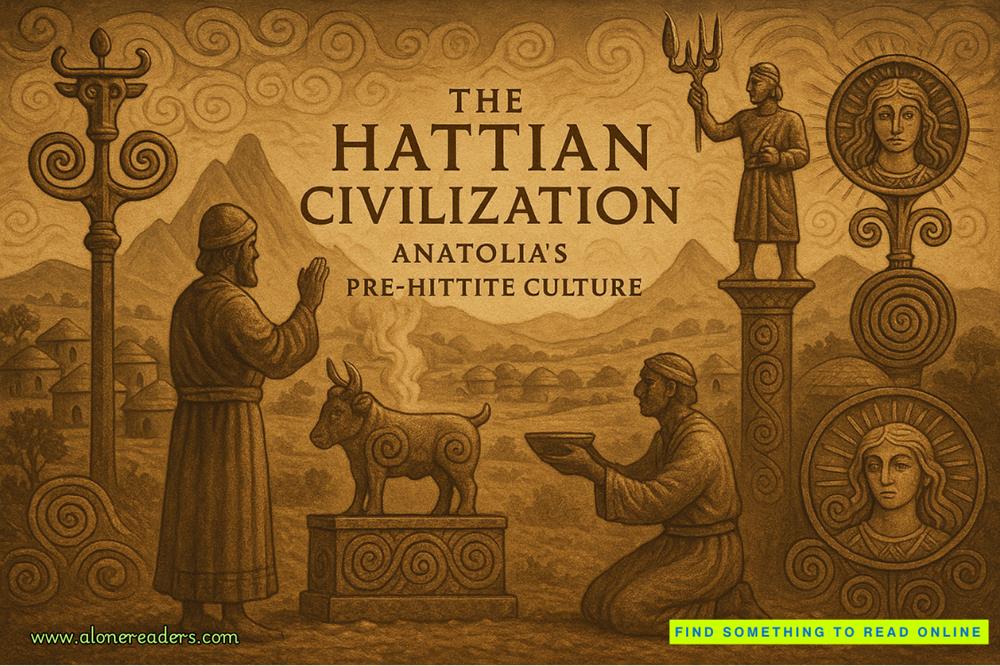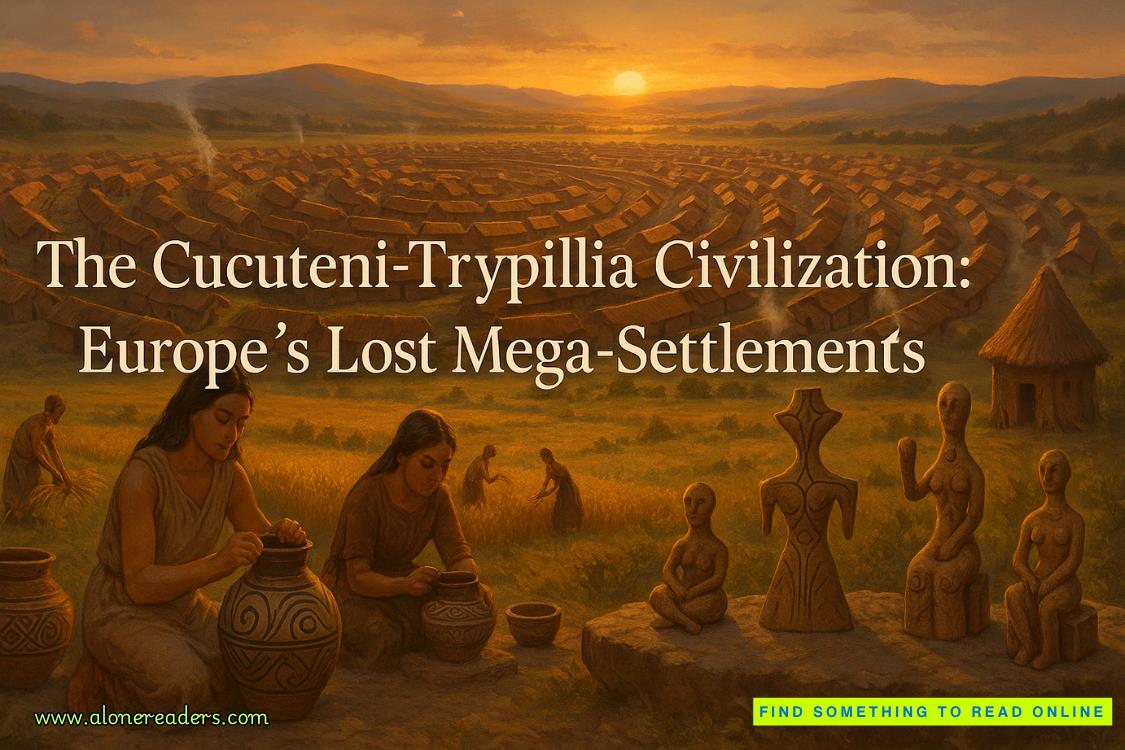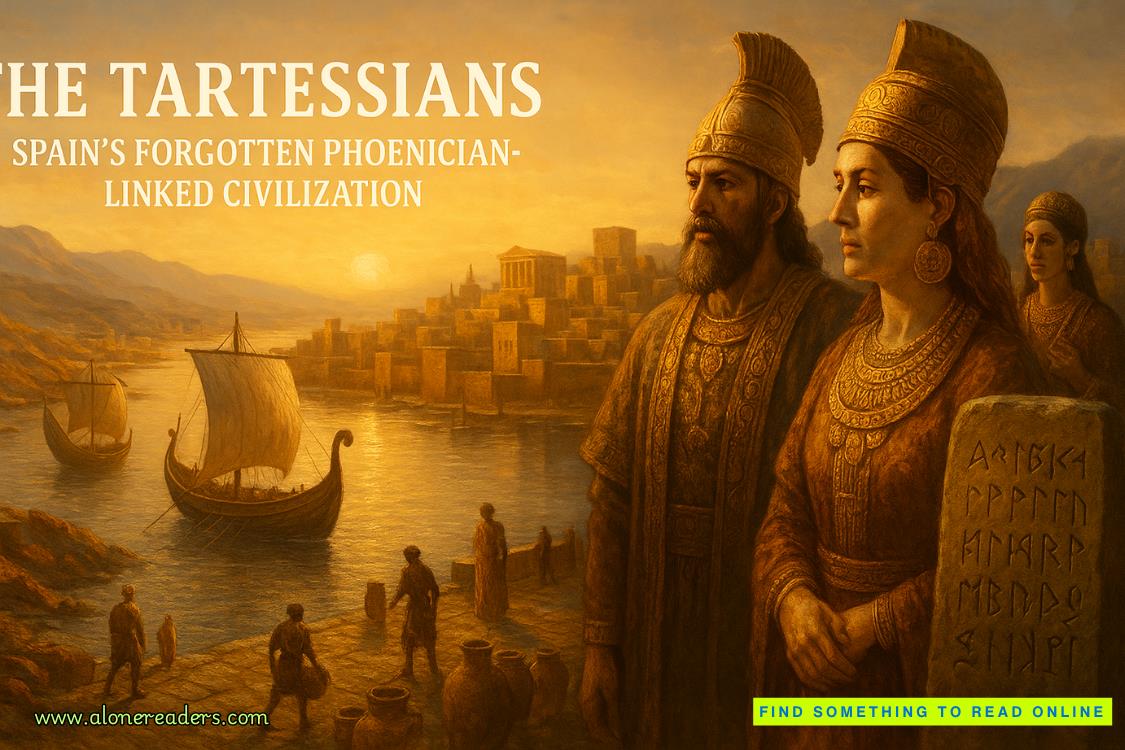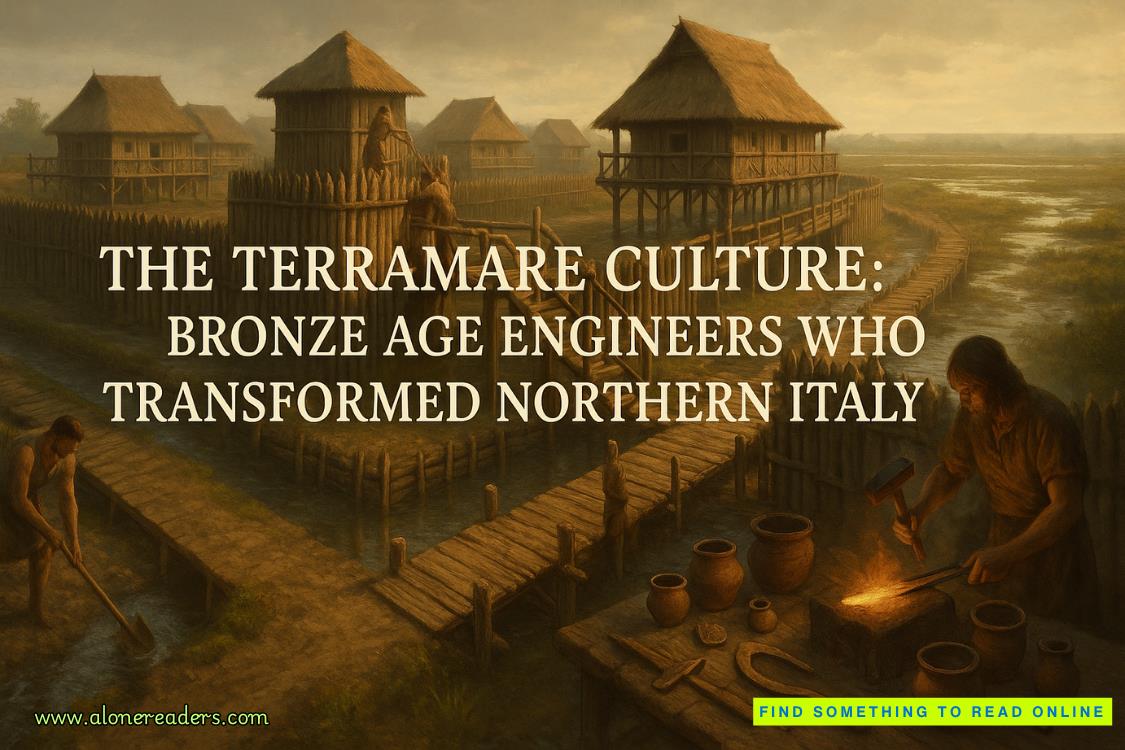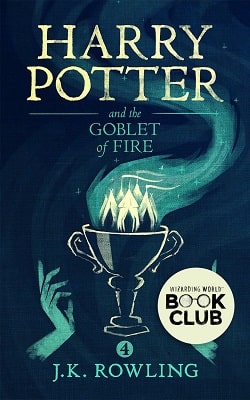Peralta stared at me and grunted. Then, “Let’s go for a ride.”
He didn’t ask about Lindsey. But considering he was a good friend of the former Arizona governor who was Secretary of Homeland Security, he probably knew more about my wife than I did. I looked down, feeling my face burn.
***
The three of us fit easily into his pickup, which sat high off the road. He drove down 35th Avenue past warehouses and the entrances to half-century-old subdivisions of faded ranch houses. This was Maryvale, Phoenix’s first automobile suburb, laid down starting in the late 1950s. It was aging badly, like most of the city. This was a hunter-gatherer place, and when one location was used up the people with means simply moved farther out. They left behind thousands of tract ranch-style houses that could never be rehabbed as historic homes, could usually not even justify a home-improvement loan. Maryvale would never be gentrified.
In ten minutes, we pulled into a dilapidated shopping strip. But every store was occupied. One sign promised “celulares,” while another went with a thriving carniceria, a butcher store. One of the ubiquitous 99-cent stores held down the far end. Peralta parked directly in front of the yerberia.
For most of its history, Phoenix had not been a Hispanic city—that was Tucson, where roots went back to the Spanish conquest, even though an Irishman technically founded the Old Pueblo. Phoenix was the brash newcomer, established by Civil War veterans and assorted fortune seekers in the late 19th century. Whi
le it always had a Mexican-American population with its own proud history, the city maintained much of its Southern roots into the early 1960s. Then it started to change with enormous population growth from the Midwest. Tucson was culturally Hispanic and old. Phoenix was mostly Anglo and new.
That distinction started to change with the massive migrations from Mexico and Central America that began in the 1980s. Millions of new immigrants came through Phoenix and many stayed, working in restaurant kitchens, landscaping services, and building houses. If that wasn’t enough to destabilize the old Mexican-American population, the city razed many of the poor but historic old barrios to expand the airport. City Hall didn’t give a thought to bulldozing Santa Rita Hall, where Cesar Chavez began his hunger strike in 1972. All that was left there now was the Sagrado Corazón church, surrounded by a chain-link fence. The large Hispanic population moved into Maryvale as the Anglos bought new houses on the city fringes. As a result, Maryvale, the whitest of suburbs in the 1960s, was now almost entirely Latino. The same thing was happening all over the older parts of the city except in the Anglo historic districts. If you hadn’t been in Phoenix since 1980, you’d be amazed at the Spanish-language signage alone—including that marking the ubiquitous herbal healing stores called yerberias.
This one proclaimed its name in red letters across the plate glass, promising yerbas medicinales de todo del mundo y articulos religiosos. Herbal remedies from around the world and religious articles. We walked in to the sound of a long electronic beep, a sweet scent, and found a typical yerberia: long counters backed by floor-to-ceiling shelves of colorful devotional candles, and containers and bottles of all shapes and sizes. Incense was burning in a metal box at the feet of a statue of Jesus.
“This is amazing!” Robin said.
A woman about my age with long black hair and a white blouse ran to Peralta and gave him a hug. Magdalena was the owner, apparently, and introductions were made. She and Peralta conversed in rapid-fire Spanish, of which I could make out about every third word. I heard “pall of death,” but realized they were talking about the Phoenix economy. Which was true enough: a city that lived by real estate and low-wage jobs was now slowly dying. Her sons and nephews had worked in construction and now they couldn’t find any work. Her daughter had bought four rental houses during the boom and had now lost them all to the bank. She asked Peralta if he wanted a tarot reading and he declined.
“Then come on back,” she said. “They’re waiting.”
We followed her through a door into a small office with cinder-block walls painted baby blue. One man was seated behind a desk and another lounged on a sofa.
“El sheriff!” The man behind the desk came around and shook Peralta’s hand with both of his. He was middle-aged and thickset, with short hair, prominent eyebrows, and a faded Mexican eagle tattoo poking out beneath the sleeve of one arm. Again, a long exchange in Spanish, the vowels colored with warmth.
“An old friend?” Robin asked.
Peralta leaned his head toward us. “I put him in prison for ten years.”
“And it was the best thing that ever happened to me!” The stocky man shook our hands and said his name was Guillermo Gris. “But call me Bill.”
The man on the sofa slowly stood and put his hands on his hips. He was my height, six-two, and his broad shoulders tapered into a slender waist. He was darker than Bill, with an unlined face, and hair so black it had a shine. He wore a blue blazer over jeans and a light-blue shirt.
“Sheriff Peralta.”
Peralta said, “It’s good to see you again, Antonio.” There was less warmth here, unlike with Bill. They spoke to each other respectfully, in businesslike voices.
Bill unfolded two metal chairs and we all sat, me beside Antonio on the sofa. I could see the butt of a pistol under his blazer.
“This is the young lady?” he asked.
“Call me Robin.”
He reached over and took her offered handshake, and he didn’t look as if he was about to kiss her hand.
Peralta said, “I’d like for you both to tell what’s happened the past few weeks.”
Robin hesitated and so did I, not knowing either of these men, one of them armed. As often was the case, Peralta was working several steps ahead and not deigning to tell me what was going on. But I nodded to her, and she began with the rainy evening when she opened the parcel. I took over when it seemed appropriate and we alternated back and forth in the retelling. Neither Bill nor Antonio spoke. Antonio stared at the blue wall. Bill smoked a cigarette.
“What do you think?” Peralta directed this at Bill.
He stubbed out the cigarette, exhaled the last plume of smoke, and rubbed his mouth. “These two are alive because they want them to be alive. No other reason.”
I asked about the chase on the freeway, the gun barrel coming out of the window.
“They were just fucking with you, letting you know they can do you whenever they want,” Bill said.








